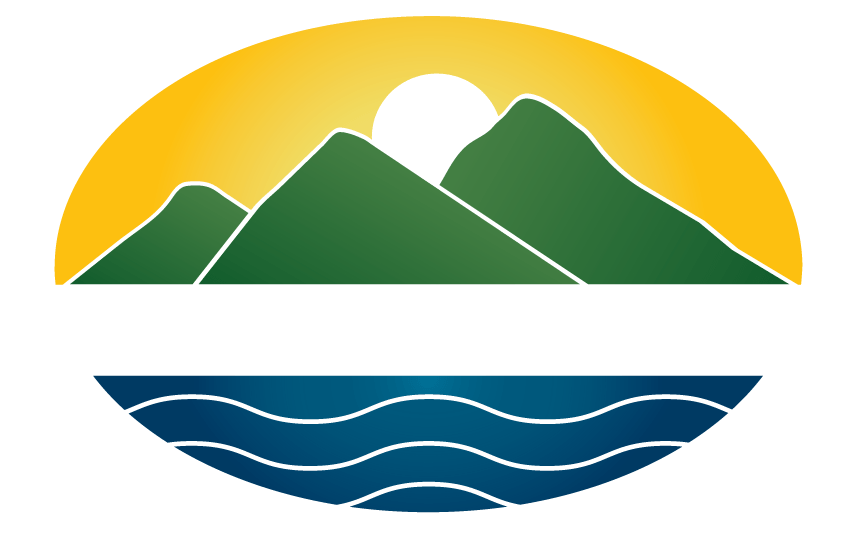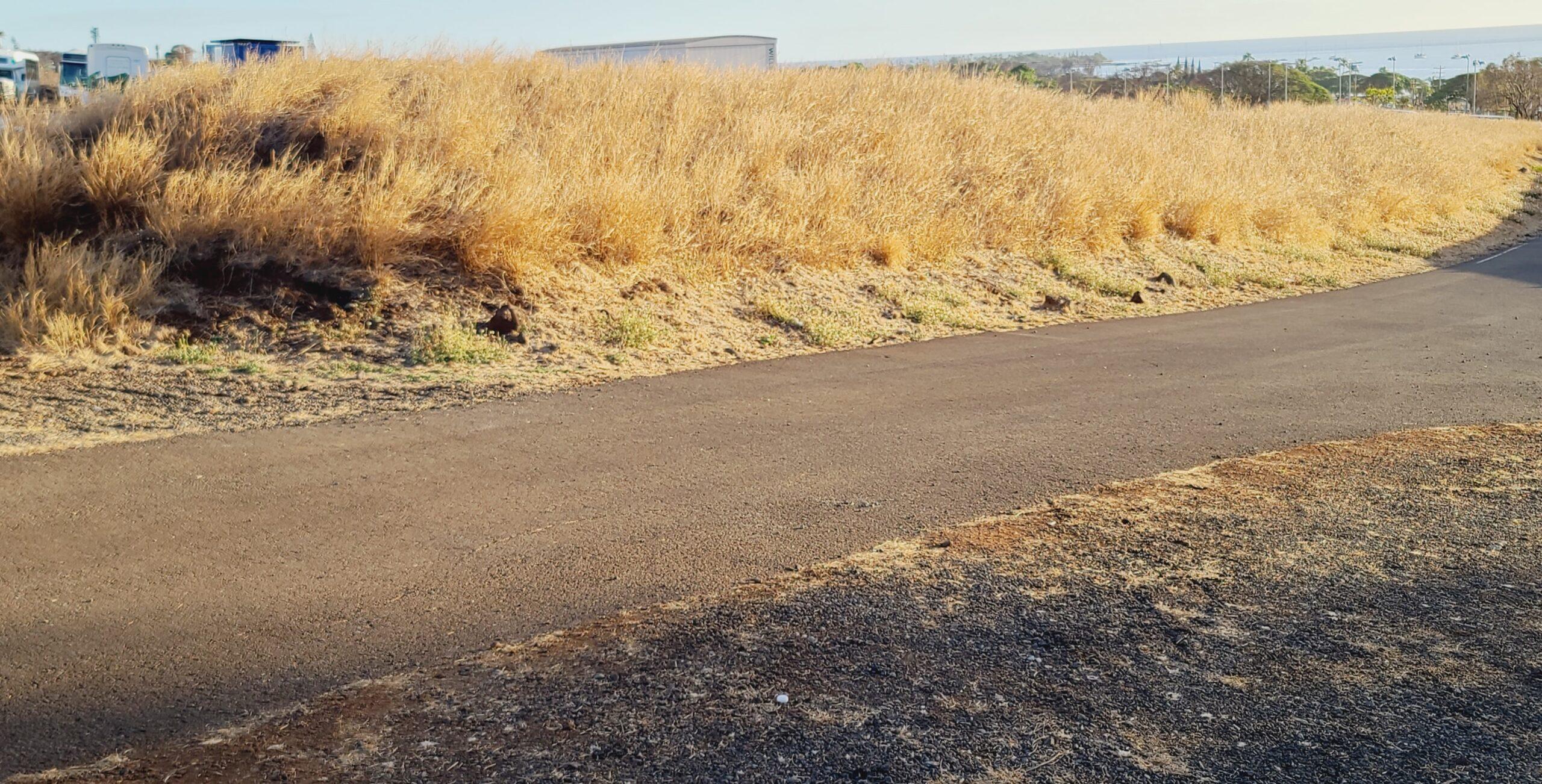The deadly Lahaina fire is transforming the way wildfire is viewed in Hawai`i.
Life of the Land spend the past year reviewing fire mitigation approaches and regulatory policies in Hawai`i, California, Oregon, Australia, and elsewhere.
Life of the Land asserts that community leaders should create and lead a consensus-driven and place-based approach to identify goals that are important to their community, develop and implement plans to achieve those goals, and create synergistic relationships that will protect communities from wildfires and other extreme weather events.
The wildland–urban interface (WUI) is the zone of transition between unoccupied land and human development. The wildland–urban interface in high fire zone areas tends to be in environmental justice communities with greater levels of food insecurity.
Life of the Land supports reimagining solutions across silos. Buffer zones can be created between the wildland and the urban areas. The characteristics of the land will impact what solutions can be implemented.
The buffer zones can provide economic benefit rather than liability to landowners, access for emergency vehicles, and escape routes for communities.
There is a portfolio of community driven options on what should exist in the buffer zones including community gardens, small-scale diversified agriculture, goats and other vegetation eating animals, walkways and bicycle paths, open space, playgrounds, parks, resiliency hubs, fire hydrants, and ponds.
The 2025 legislative session should support fire mitigation efforts that promote local solutions by offering assistance for community driven pilot projects throughout high fire risk zones.
State and county laws, rules, and regulations need to be updated to reflect the new reality.
The transformation from the former plantation era to the current tourism and military era resulted in many large plantations becoming home to invasive grasses that die during the summer and provide massive amounts of fuel ready to burn. One fifth of Hawai`i land contains these highly flammable nonnative grasses that provide fuel for firestorms.
Preventing wildfires and quick responses to ignitions are critical. The county alert system needs upgrading. Too many sirens do not work, and when they do work, they send out only one type of warning for all types of disasters.
Hawaii laws do not address this conundrum. State agricultural laws (HRS §141-169) promote agriculture. The laws do not address fire mitigation on former agricultural plantations.
The State Fire Code (HRS §132) is a subchapter in the state building code. The focus is on vegetation near buildings that may cause structural damage.
Similarly, the Maui Fire Code (MCC 16.04D) focuses on preventing structural fires by addressing vegetation surrounding structures.
The only place where the terms “wildfire” and “red flag” are found in state law is found in the law on fireworks (HRS §132D). “Red flag warning” means a weather forecast issued by the National Weather Service indicating that weather conditions associated with the outbreak of wildfire may occur. (HRS §132D-2) A county fire chief can revoke or suspend any permits when there is a red flag warning. (HRS §132D-16.7)
Working communication systems are vital. Various types of communication — radios, TV, social media, personal contact — are needed. Messages need to be clear so that people understand what the threat is and how to deal with it.
Communication systems need to be beefed up to provide additional channels for emergency workers and to handle the capacity needed when people make inquiries regarding up-to-date information during disasters.
Critical infrastructure including water delivery and wastewater systems, electricity, and telecommunications needs to be hardened so they will survive and work during emergency conditions.
Remote, real-time, self-powered, weather stations need to be located throughout high fire zones to provide detailed local temperature, wind, and humidity data that is key to determining when and where fires might ignite. This will result in localized rather than statewide red flag warnings.

